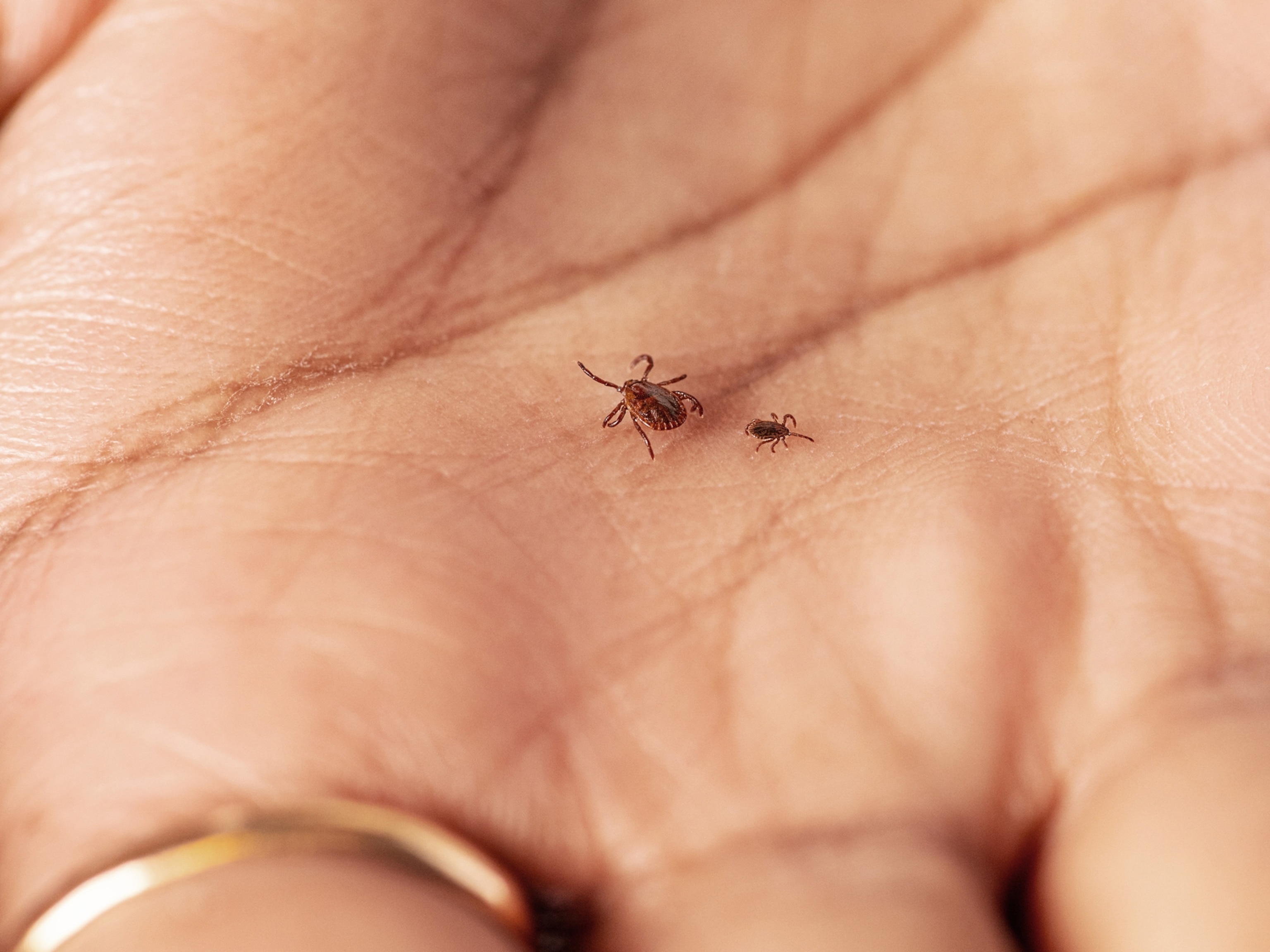Mysterious Disease Attacks Rattlesnakes
Scientists are hunting for the cure as a wave of fungal disease sickens American snakes.
In the last two decades, fungal diseases have rapidly attacked populations of frogs, bats, and salamanders. The latest victims under siege are snakes, and if snake fungal disease isn’t stopped, researchers say it could yield disastrous results.
Snake fungal disease—caused by the pathogen Ophidiomyces ophiodiicola—is marked by skin lesions and thick blisters that can disfigure a snake’s face and even prevent it from being able to eat, often leading to starvation.
The outcome of the disease varies between species, but the mortality rate is especially high in rattlesnakes, including the eastern massasauga rattlesnake.
About 30 snake species have been found to be infected in at least fifteen states in the United States, and many of the world’s 3,000 snake species are just as vulnerable, said Jonathan Kolby, an American biologist and conservationist.
“It just seems one after the other that these emerging fungal diseases are appearing in different types of animals, yet they’re spread enigmatically,” said Kolby, who is also a National Geographic explorer. “We don’t know where exactly they came from or why they suddenly appear to be more virulent.”
(A Fossil Snake With Four Legs)
Snakes help to keep the rodent population in check, but if they are decimated by snake fungal disease, the number of mice and rats could swell. Because rodents are known to spread ticks and other parasites, this is worrisome for human health, said Kolby.
“This is especially important now, with talk of this being one of the worst Lyme disease years that we’ve had in a long time,” he said.
While the exact cause of the spread of snake fungal disease is unknown, researchers are looking at environmental changes as a potential driver, said Jeffrey Lorch, a microbiologist at the United States Geological Survey.
“It could be that if we’re experiencing cooler and wetter springs in which snakes have to spend more time underground and not be able to reach those high body temperatures necessary to fight off infection that it could leave them more susceptible,” he said.
Habitat destruction could also prevent snakes from seeking out the ideal conditions to fend off infections, he said.
The snake fungal disease research community is small, and there isn’t much long-term data on snake population trends, Lorch added.
Jennifer Moore and her research team at the Pierce Cedar Creek Institute in Hastings, Michigan, are creating a longer-term data set to examine the implication of the disease on eastern massasauga rattlesnakes.
The University of Illinois is also testing treatments to battle snake fungal disease, one of which uses nebulizers to deliver drugs to an infected snake.
Though snake fungal disease currently appears to mainly be an issue in the United States, the disease has also been identified in snakes in captivity in England, Germany, and Australia, Kolby said.
“I’m concerned about spillover and introduction to other countries if the United States might be the point source,” he said. “I think that deserves more attention from other countries, too.”





